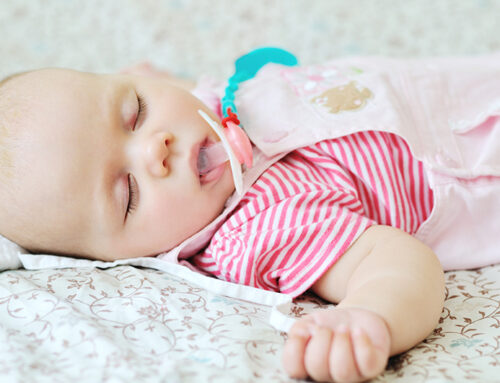Certain disorders of the muscles of the face and mouth are known as Orofacial Myofunctional Disorders (OMDs). They include non-nutritive sucking habits, improper swallowing habits, and incorrect postures and functions of the muscles of the tongue, lips, jaws and face.
Orofacial Myofunctional Disorders can include one or more of the following:
- Thumb, finger, lip, tongue or cheek sucking habits
- Mouthbreathing which results in a mouth open and lips-apart rest posture
- A forward and low rest position of the tongue
- A tongue rest position where the tongue rests against or between the teeth
- Inappropriate thrusting of the tongue forwards
or sideways on swallowing and/or speaking
Health professionals are concerned about OMD because of its impact on dental development, facial growth, orthodontic treatment outcomes, and, importantly, the stability of the position of the teeth once orthodontic treatment is complete.
Various issues contribute to the development and establishment of an Orofacial Myofunctional Disorder. These include:
- Oral habits – a sucking habit that is prolonged and/ or intense in nature such as thumb or finger sucking, pacifier use
- A compromised airway – enlarged tonsils or adenoids, allergies, asthma, sinusitis, hayfever, deviated septum, a restricted flow of air through the nose.
- Untreated tongue ties or restrictions
- Neurological impairment such as Cerebra Palsy, Bells Palsy etc
- Any other physical or neurological problem that limits the patient’s ability to achieve correct orofacial muscle function.
What is Orofacial Myofunctional Therapy?
Orofacial Myofunctional Therapy involves an individualized program of facial and oral exercises that are painless and fun. These exercises help activate and guide the coordination of tongue and facial muscles so that they function in harmony.
The exercises are used to correct tongue and lip functions and rest postures as well as develop correct chewing and swallowing patterns. Success is ultimately dependant on daily exercise until the patient has subconsciously corrected their improper muscle patterns. It takes constant commitment from the patient, strong parental support and time. Treatment usually consists of a program of exercises over a 4-12 month period, although length of treatment may vary.
When Can Therapy Begin?
Children as young as 6 months can benefit from seeing an Orofacial Myofunctional Therapist for OMD screening.
At this age, it can be determined if there are causative factors that require early intervention. In children over 5, the therapist will conduct a full orofacial myofunctional examination with records to establish treatment needs and the potential for further referral to speech, dental, orthodontic or respiratory professionals.
Habit Cessation:
Ceasing noxious habits such as thumb sucking is the first step to achieving orofacial muscle harmony. Age five is an ideal age to begin a behaviour modification program to help children discontinue thumb or finger sucking habits. It is important to begin when intellectual and emotional skills are adequately developed. With early elimination of these habits and correct tongue positioning, there is often spontaneous improvement in dental, speech and OMD problems.
How Successful is Treatment?
Numerous studies have demonstrated the effectiveness of Orofacial Myofunctional Therapy. Treatment for Orofacial Myofunctional Disorders can be 80-90% effective in correcting rest posture, swallowing and other oral functions and these corrections are retained years after completing therapy.
Who is my Orofacial Myofunctional Therapist?
Orofacial Myofunctional Therapists (or Orofacial Myologists) are Dental Specialists, Dentists, Oral Health Therapists, Dental Hygienists Registered Nurses and Speech Pathologists who have completed a Bachelor’s Degree in their field, are currently registered with the Australian Health Practitioners Register in their field, and who have undergone specific training in this field.
At Kiddies Dental Care a number of our clinicians have completed extensive training in the area of Oral Facial Myology



